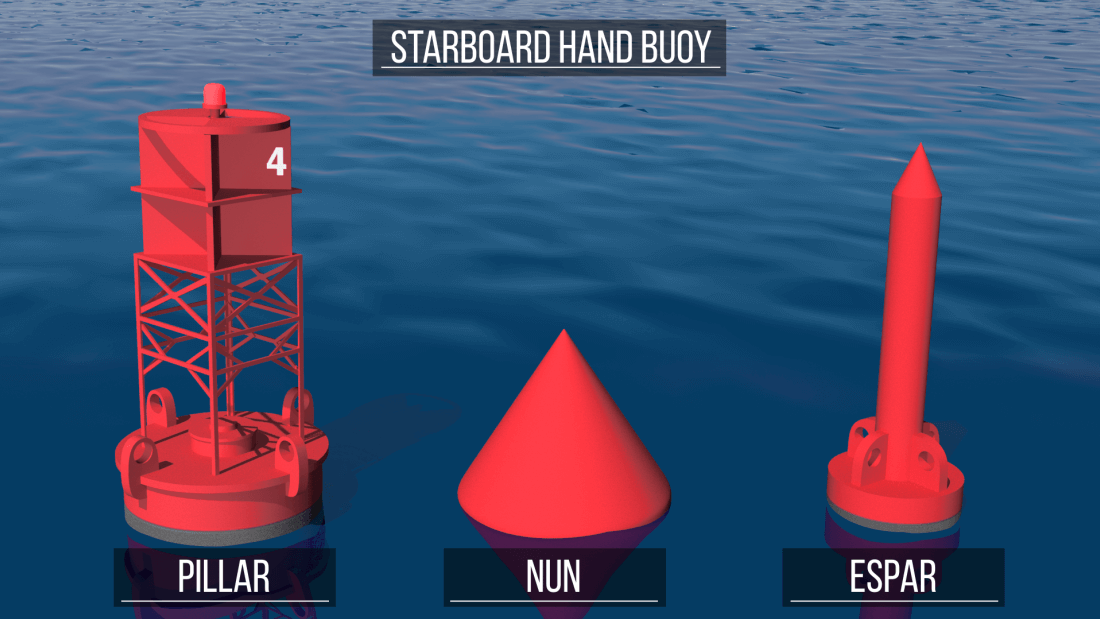A starboard buoy or marker is colored red in the IALA-B navigation system used in the United States and Canada. These buoys mark the right side of the channel when returning from open water, following the rule “Red Right Returning.” Red starboard buoys are also marked with even numbers that increase as you head inland. Knowing the color and numbering of starboard markers helps boaters stay in the channel and navigate safely.
Port and Starboard: Meaning & How to remember?
What is the starboard side of a boat?
Starboard refers to the right side of a boat when you are facing forward toward the bow. This directional term is essential for clear communication on the water, helping boaters avoid confusion during navigation, docking, and passing situations. Knowing which side is starboard also ensures everyone follows the same reference point for safety instructions and boating rules. Whether giving right-of-way signals or reading navigation lights, understanding “starboard” is a key part of safe boating.
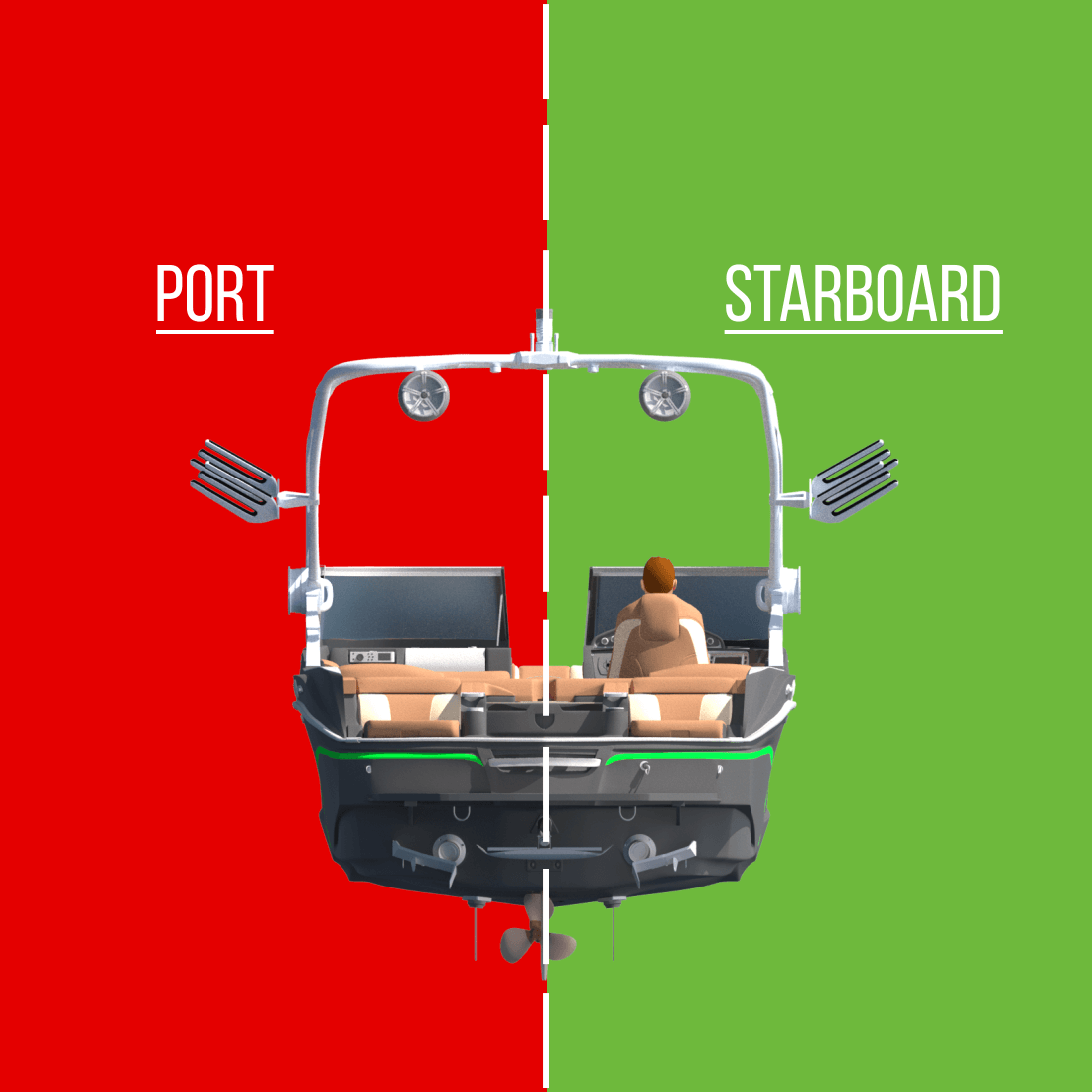
What is the port side of a boat?
Port refers to the left side of a boat when you are facing forward toward the bow. This term is used worldwide to avoid confusion when giving directions or communicating with other boaters. Knowing which side is port is essential for understanding navigation rules, docking procedures, and right-of-way situations. It ensures everyone uses the same reference point on board, improving safety and coordination during maneuvers. Mastering the term “port” is a fundamental part of safe boating.
Where did term starboard come from?
The term "starboard" originates from the Old English word "steorbord," which refers to the side of the ship where it is steered. In the past, ships were guided using a steering oar at the stern, positioned on the right-hand side of the ship. This arrangement was favored because the majority of people are right-handed. Before the introduction of central rudders, this method allowed for efficient navigation.
Why do vessels use port and starboard and not left or right?
The word “starboard” comes from the Old English term “steorbord,” meaning the steering side of a vessel. Early ships were controlled with a large steering oar mounted at the stern on the right-hand side, a practical setup since most sailors were right-handed. Long before centerline rudders were developed, this right-side steering system made maneuvering easier and helped standardize the use of the term “starboard” for the vessel’s right side.
What color is the port side light of a boat?
The red navigation light marks a vessel’s port, or left, side when facing forward toward the bow. This light helps other boaters instantly determine a vessel’s orientation and direction of travel, especially at night or in low visibility. By recognizing the red port light, boaters can apply right-of-way rules, avoid collisions, and safely navigate around other vessels. Understanding the meaning of the red light is a key part of proper boating safety and night navigation.
What color is the starboard side light of a boat?
The green navigation light indicates a vessel’s starboard, or right, side when you are facing forward toward the bow. This light helps other boaters quickly understand the vessel’s orientation and direction of travel, especially in the dark or low visibility. Seeing a green light tells you which side of another vessel you are approaching, allowing you to apply right-of-way rules correctly. Recognizing the green starboard light is essential for safe night navigation and collision avoidance.
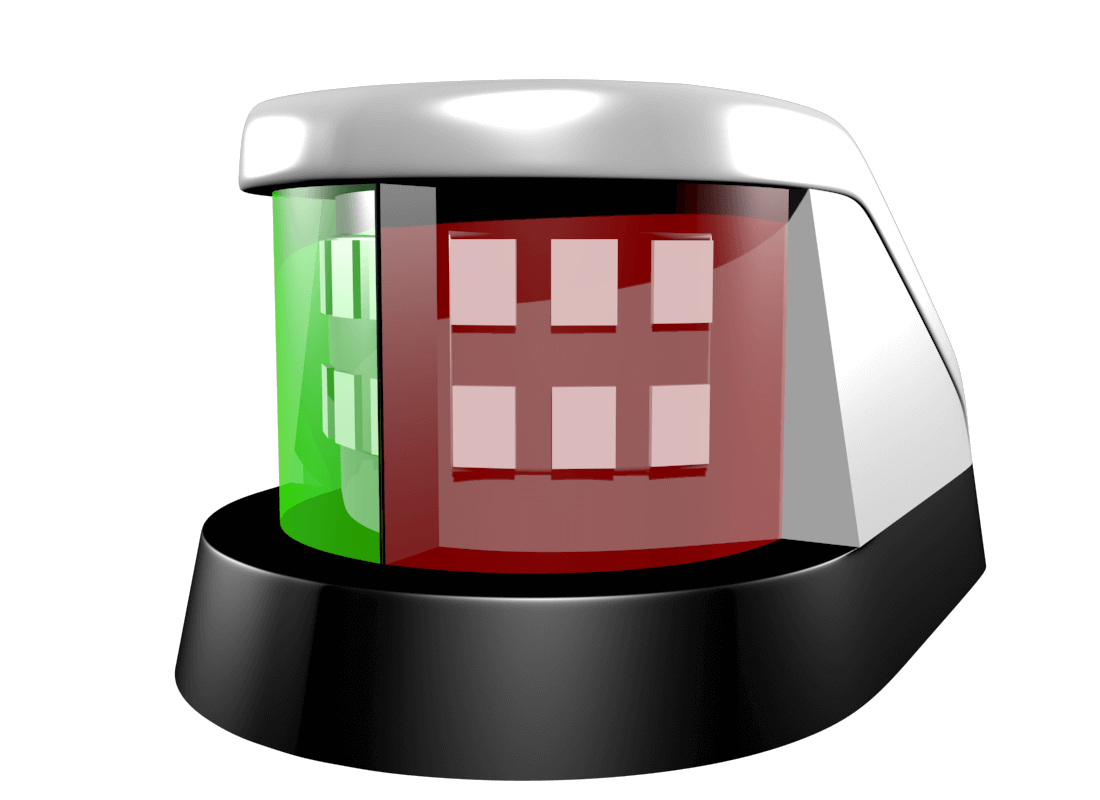
What color is a port buoy or marker?
A port buoy is colored green in the IALA-B navigation system used in the United States and Canada. These buoys mark the left side of the channel when returning from open water, following the familiar rule “Red Right Returning,” which means green is kept to the left. Port buoys are marked with odd numbers that increase as you travel inland. Recognizing port buoy colors and numbers is essential for staying in the channel and navigating safely.
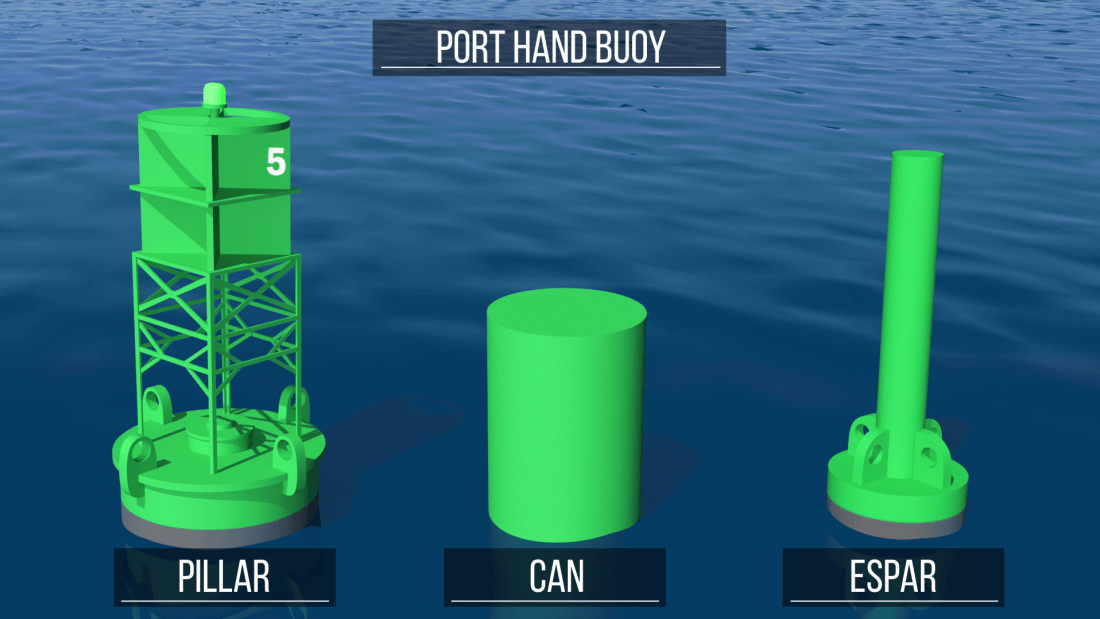
Sound signaling to starboard
1 short sound = I am coming to starboard, I take the right.
When I pass near another boat, I will maneuver by leaving the other boat on my left side as I pass.
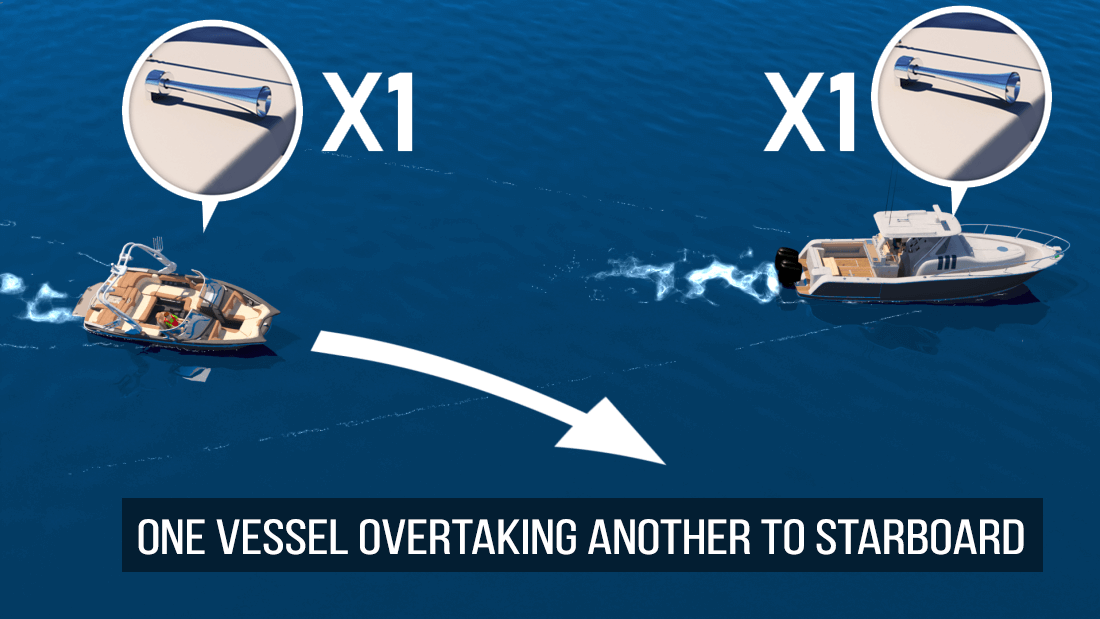
Sound signaling to port
2 short sounds = I am coming to port, I am going left.
When I pass near another boat, I will maneuver by leaving the other boat on my right side as I pass.
Now that you have an idea of the difference between port side and starboard side, come discover with us, all the other aspects of boating with our online boating safety course and obtain your Canadian boating license.

